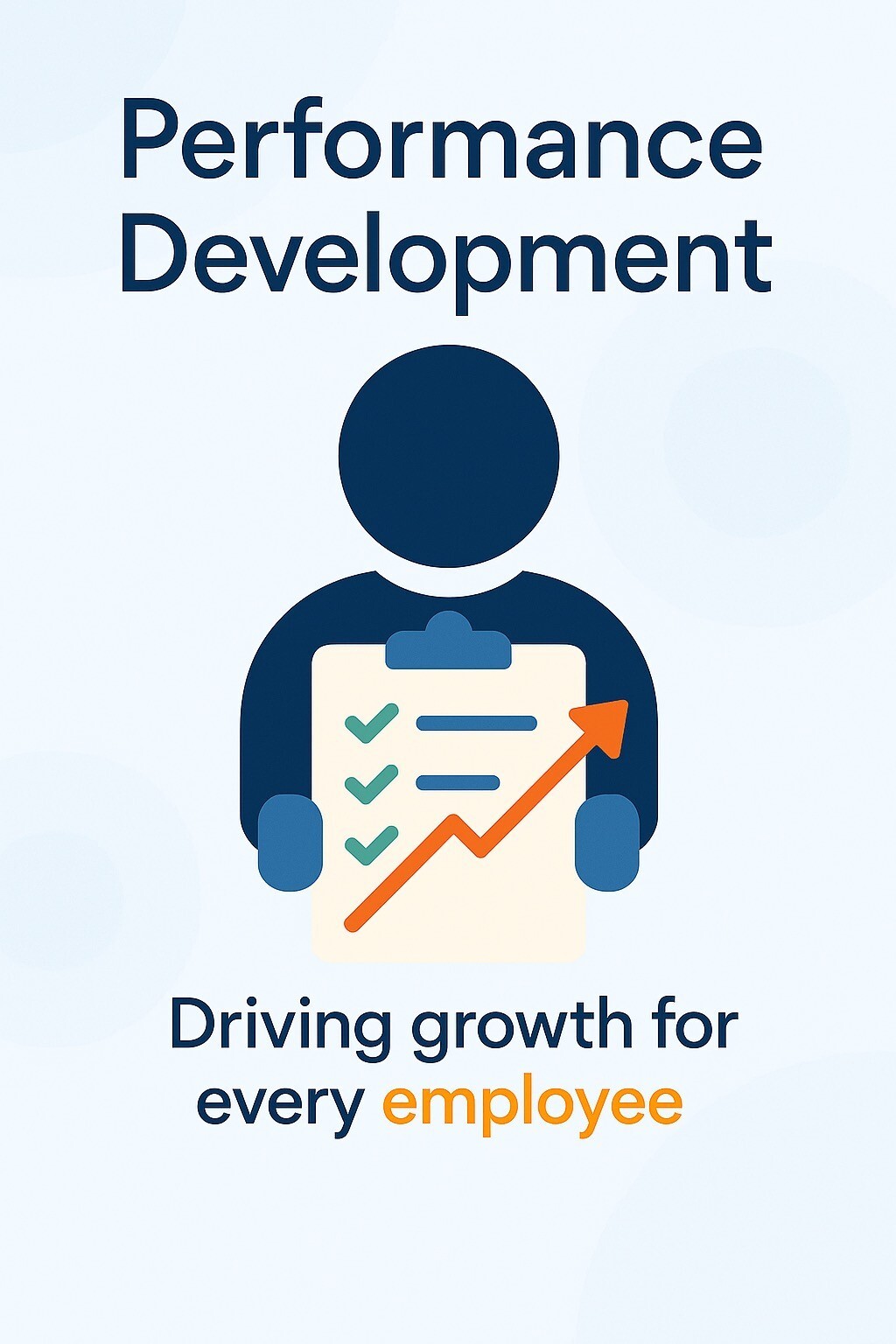Defining Roles and Responsibilities That Empower Teams
Coming off our last conversation about Psychological Safety, it’s clear that trust and open communication lay the foundation for performance. But even in the most open teams, uncertainty can stall progress.
We often hear:
“Wait, is that mine?”
“I thought someone else was handling that…”
That’s the friction of unclear roles, and it slows teams down.
But when people understand what they own and how they contribute, they step up with confidence and energy.
In this chapter of our Healthy Organization series, we focus on why Role Clarity is the next essential step.
Why Role Clarity Matters
When roles are well-defined:
- Teams move faster with less friction
- People take initiative instead of waiting for direction
- Collaboration strengthens, turf wars shrink
- Trust becomes the default, not the exception
Clarity reinforces safety and adds momentum. It connects people to purpose, not just process.
Beyond the Org Chart
Titles are just the surface. We help teams define roles functionally and relationally by exploring:
- What is this role truly responsible for?
- What decisions does it own?
- How does it interact with others?
- What does success look like?
It’s about creating shared understanding across the team, not just job descriptions.
A Practical Framework for Defining Roles
- Start with Purpose and Strategy
Clarity begins with the why.
We ask: “How does this role drive our mission forward?”
This keeps roles future-focused and aligned, not just busy. - Use a Modified Activities-based RACI Model
Responsible. Accountable. Consulted. Informed.
We walk teams through a streamlined RACI to clarify:
- Who does the work
- Who owns the outcome
- Who contributes input
- Who needs to be kept in the loop
- Define Expectations, Not Just Tasks
We shift the lens from activity to impact:
- What are the key outcomes?
- What behaviors show strong performance?
- How does this role elevate the team?
This clarity empowers people to self-manage and make better decisions.
- Make Roles a Conversation, Not a Contract
Healthy organizations treat roles as evolving.
We encourage regular check-ins:
- What’s in your lane now?
- Where are you over- or under-reaching?
- What support do you need?
These touchpoints keep teams aligned, adaptable, and connected.
It All Starts With a Complete Position Description
Before someone joins your team, they should know:
- What they’re here to do
- How they’re expected to show up
- What excellence looks like
We help build behavior and skill-based Position Descriptions that serve as onboarding guides, coaching tools, and performance anchors.
This isn't about rigid specs, it’s about meaningful clarity.
In our next Healthy Organization post, we’ll explore how to use these descriptions to support better hiring decisions and bring the right people into the right roles from day one.
Final Thought
At SPI, Role Clarity is more than just paperwork.
It’s a lever for performance, confidence, and trust.
When people know:
- What they own
- How do they show up
- And how their role advances the mission
They’re more engaged, aligned, and proactive.
They shift from reacting to leading.
Because when everyone knows their role, the whole team plays better.
Practical Tips for Leaders
- Align every role with strategy, not just activity
- Use a simplified RACI model to avoid overlaps and missed handoffs
- Clarify expectations early and revisit them often
- Make roles an ongoing dialogue, not a one-and-done document
- Build Position Descriptions that focus on behavior and impact
Is that everything you need to hear? Are you ready to start?



